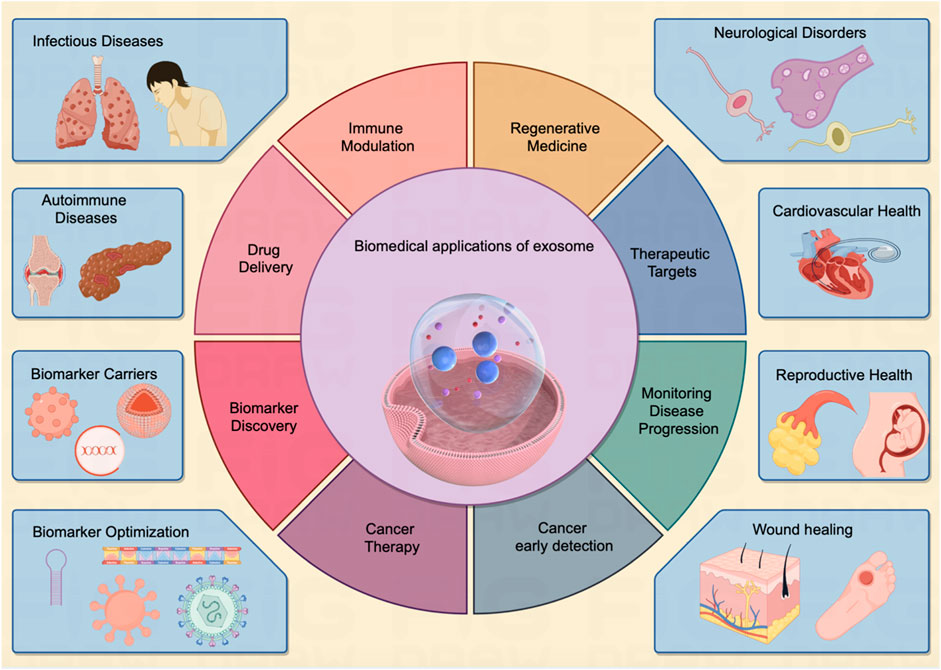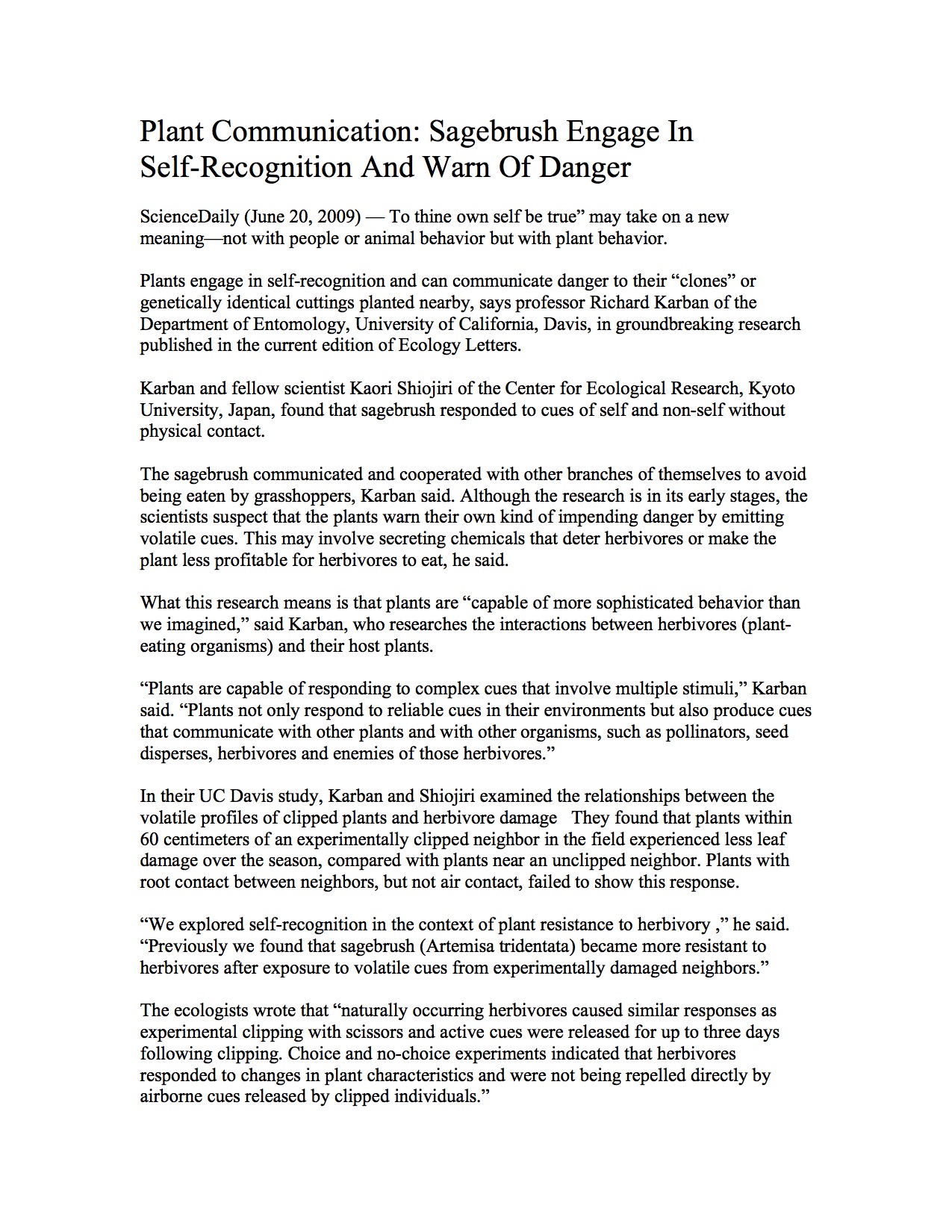Report on Denmark’s Cancer Care Strategy: A Model for Achieving Sustainable Development Goal 3
Executive Summary
This report analyzes the transformation of Denmark’s national cancer care strategy over the past 25 years. Previously underperforming, Denmark implemented a comprehensive, long-term plan that has significantly improved cancer survival rates, positioning the country as a leader in healthcare outcomes. This transformation offers a valuable case study for other nations, including the United Kingdom, on achieving key targets within the United Nations’ Sustainable Development Goals (SDGs), particularly SDG 3: Good Health and Well-being. The Danish model’s success is rooted in strategic investments, patient-centric standards, and a holistic approach to care, aligning with multiple SDGs including SDG 9 (Industry, Innovation, and Infrastructure) and SDG 11 (Sustainable Cities and Communities).
Strategic Pillars of the Danish Cancer Plan
Investment in Resilient Healthcare Infrastructure (SDG 9)
A cornerstone of Denmark’s strategy was a substantial, targeted investment in its healthcare infrastructure, directly supporting the aims of SDG 9 by building resilient and technologically advanced facilities. This has been critical for enabling early and accurate diagnosis, a key component of reducing mortality from non-communicable diseases as outlined in SDG Target 3.4.
- Advanced Diagnostic Equipment: A 2008 government decision led to a heavy investment in scanner systems. Denmark now operates approximately 30 CT scanners per million people, significantly higher than the UK’s 8.8 and the average of 25.9 for other affluent nations.
- Enhanced Diagnostic Capacity: This investment created a robust diagnostic capacity, ensuring that infrastructure could meet rising patient demand and support ambitious treatment timelines.
- Modern Hospital Environments: Investment extended beyond equipment to the patient environment, utilizing art and design to reduce patient anxiety and improve the overall care experience, contributing to the well-being aspect of SDG 3.
Upholding Patient-Centric Standards and Reducing Inequalities (SDG 3 & SDG 10)
Denmark established stringent national standards that prioritize rapid diagnosis and treatment, ensuring equitable and timely access to care. This framework directly addresses SDG 10 (Reduced Inequalities) by guaranteeing a high standard of care for all citizens, regardless of location.
- Rapid Diagnosis Mandate: Following a referral, a cancer diagnosis must be confirmed within a two-week timeframe.
- Prompt Treatment Initiation: Once a diagnosis is made, required treatment must commence within the subsequent two weeks.
- Patient Entitlement Guarantee: If these targets are not met, patients have a legal right to transfer to another hospital, including facilities in other countries, with costs covered by the Danish health system. This provides a powerful accountability mechanism.
Holistic Well-being and Community Integration (SDG 3 & SDG 11)
The Danish model extends beyond clinical treatment to encompass the full spectrum of patient well-being and integrates care into the community, aligning with SDG 11’s goal of creating inclusive and resilient communities.
- Mental Health and Psychosocial Support: A network of counselling houses, largely funded by the voluntary sector, offers therapy and companionship, recognizing mental health as a critical component of the cancer care plan and SDG 3.
- At-Home Chemotherapy: The introduction of at-home chemotherapy via portable pumps allows patients to maintain a higher quality of life and reduces the risk of hospital-acquired infections. This shift of healthcare services from centralized hospitals into communities is a key aspect of building sustainable community infrastructure (SDG 11).
Comparative Analysis and Policy Implications for the UK
Measurable Progress Towards SDG Target 3.4
The outcomes of Denmark’s strategy demonstrate significant progress in reducing premature mortality from cancer. The data provides a stark contrast with the UK’s performance over the same period.
- Rectal Cancer Survival: Between the 1995-1999 period and 2014, Denmark’s five-year survival rate for rectal cancer increased from approximately 48% to 69%.
- UK Comparison: The UK’s survival rate for the same cancer rose from a similar baseline of 48% to only 62% in the same timeframe, indicating a widening gap in outcomes.
Recommendations for the UK Health System
To emulate Denmark’s success and advance its own progress towards the SDGs, the UK’s NHS could adopt several core principles from the Danish model. This would require a long-term, cross-party commitment, reflecting the spirit of SDG 17 (Partnerships for the Goals).
- Establish Long-Term Political Consensus: A multi-decade cancer plan, shielded from short-term political cycles, is essential for sustained investment and focus.
- Prioritize Infrastructure Investment: Address the critical deficit in diagnostic equipment to match the capacity of leading nations, a prerequisite for meeting ambitious diagnostic targets (SDG 9).
- Strengthen Accountability: Transition from weaker “benchmarks” to binding national waiting time targets with clear consequences for non-compliance, thereby reducing health inequalities (SDG 10).
- Expand Community-Based Care: Invest in holistic support systems and innovative treatment delivery models, such as at-home care, to improve patient well-being and build more resilient community health services (SDG 3 & SDG 11).
Conclusion
Denmark’s transformation of its cancer care system serves as a powerful and effective blueprint for achieving SDG 3: Good Health and Well-being. Its success is not attributable to a single initiative but to a sustained, multi-faceted strategy combining infrastructure investment, stringent standards, and a holistic, patient-centered philosophy. While challenges of scale and complexity exist, the Danish experience demonstrates that with decisive political leadership, long-term investment, and a commitment to partnership (SDG 17), significant improvements in cancer survival and patient quality of life are achievable.
Analysis of Sustainable Development Goals in the Article
1. Which SDGs are addressed or connected to the issues highlighted in the article?
The article on Denmark’s cancer treatment strategy and its comparison with the UK’s NHS directly addresses or connects to several Sustainable Development Goals (SDGs). These goals are central to the themes of public health, infrastructure, and governance discussed in the text.
- SDG 3: Good Health and Well-being: This is the most prominent SDG in the article. The entire text focuses on ensuring healthy lives and promoting well-being by discussing cancer treatment, patient survival rates, mental health support, and the overall quality of healthcare services. The article explicitly details efforts to reduce mortality from a non-communicable disease (cancer) and improve patient experiences.
- SDG 9: Industry, Innovation and Infrastructure: The article highlights the critical role of infrastructure and technological innovation in improving healthcare outcomes. It emphasizes Denmark’s “heavy investment into scanner systems” and the acquisition of “high-tech scanner[s].” This directly relates to building resilient infrastructure and upgrading the technological capabilities of the health sector.
- SDG 16: Peace, Justice and Strong Institutions: The article discusses the importance of effective and accountable institutions in delivering a successful national health strategy. It points to Denmark’s success being rooted in “political consensus” and a long-term plan that was consistently implemented. In contrast, it mentions the “lack of accountability in the English health system” and the need for “clarity over who… is responsible,” which are core issues related to institutional effectiveness.
2. What specific targets under those SDGs can be identified based on the article’s content?
Based on the issues discussed, several specific SDG targets can be identified:
-
Target 3.4: By 2030, reduce by one third premature mortality from non-communicable diseases through prevention and treatment and promote mental health and well-being.
- The article’s core theme is the improvement of cancer treatment to increase survival rates, directly addressing the goal of reducing mortality from non-communicable diseases. The text notes Denmark’s success in raising its “five-year survival rate for rectal cancer” from 48% to 69%. Furthermore, the mention of “Counselling houses” and the importance of mental health in Denmark’s cancer plan aligns with the target’s focus on promoting mental health and well-being.
-
Target 3.8: Achieve universal health coverage, including financial risk protection, access to quality essential health-care services…
- The article explores the components of quality universal health coverage by detailing Denmark’s national standards for rapid diagnosis and treatment. The policy that “a cancer diagnosis has to be given within two weeks” and that patients can be treated elsewhere if targets are not met is a clear example of ensuring access to quality and timely care. The introduction of services like “chemotherapy at home” also represents an expansion of accessible, quality healthcare services.
-
Target 9.5: Enhance scientific research, upgrade the technological capabilities of industrial sectors in all countries…
- This target is relevant due to the article’s emphasis on Denmark’s investment in advanced medical technology. The text highlights the purchase of a “high-tech scanner, only the fourth of its kind used by any hospital around the world” and the significant increase in the number of CT scanners. This represents a deliberate strategy to upgrade the technological capabilities of the healthcare sector to improve diagnostics and treatment.
-
Target 16.6: Develop effective, accountable and transparent institutions at all levels.
- The article contrasts the Danish and UK approaches to healthcare governance. Denmark’s success is attributed to a long-term plan backed by political consensus, demonstrating an effective institution. The critique of the UK system, which calls for “clarity over who in the government and NHS is responsible for delivering each part of the plan,” directly points to the need for more accountable and effective institutions as outlined in this target.
3. Are there any indicators mentioned or implied in the article that can be used to measure progress towards the identified targets?
Yes, the article mentions and implies several specific indicators that can be used to measure progress towards the identified targets.
- Cancer Survival Rate (Indicator for Target 3.4): The article provides explicit data on the “five-year survival rate for rectal cancer,” citing a rise in Denmark from 48% (1995-1999) to 69% (by 2014). This is a direct quantitative measure of progress in treating non-communicable diseases.
- Waiting Times for Diagnosis and Treatment (Indicator for Target 3.8): The article specifies Denmark’s national standards, which serve as performance indicators: “a cancer diagnosis has to be given within two weeks” and treatment must start “within the two weeks of diagnosis.” This is contrasted with the UK’s target of “around nine weeks (officially, 62 days),” providing a clear metric for access to timely care.
- Density of Medical Diagnostic Equipment (Indicator for Target 9.5): A clear, quantifiable indicator for technological capacity is provided. The article states that “Denmark now has about 30 [CT scanners] per million people,” while the “UK, meanwhile, lags way behind with just 8.8 scanners per million people.” This metric measures investment in and availability of critical health infrastructure.
- Rate of Adherence to National Health Targets (Indicator for Target 16.6): The article provides a performance indicator for institutional effectiveness by stating that Danish “targets for rapid cancer diagnosis are being met for about 80% of their patients.” This percentage measures how effectively the healthcare system is implementing its own policies and standards.
- Mortality While on Waiting Lists (Indicator for Target 3.4): The article implies this indicator when describing the past situation in Denmark: “we had patients dying on the waiting lists.” A reduction in this number would be a key measure of improved healthcare delivery and reduced premature mortality.
4. Table of SDGs, Targets, and Indicators
| SDGs | Targets | Indicators |
|---|---|---|
| SDG 3: Good Health and Well-being | 3.4: Reduce premature mortality from non-communicable diseases and promote mental health and well-being. |
|
| 3.8: Achieve universal health coverage, including access to quality essential health-care services. |
|
|
| SDG 9: Industry, Innovation and Infrastructure | 9.5: Enhance research and upgrade technological capabilities. |
|
| SDG 16: Peace, Justice and Strong Institutions | 16.6: Develop effective, accountable and transparent institutions. |
|
Source: bbc.com







